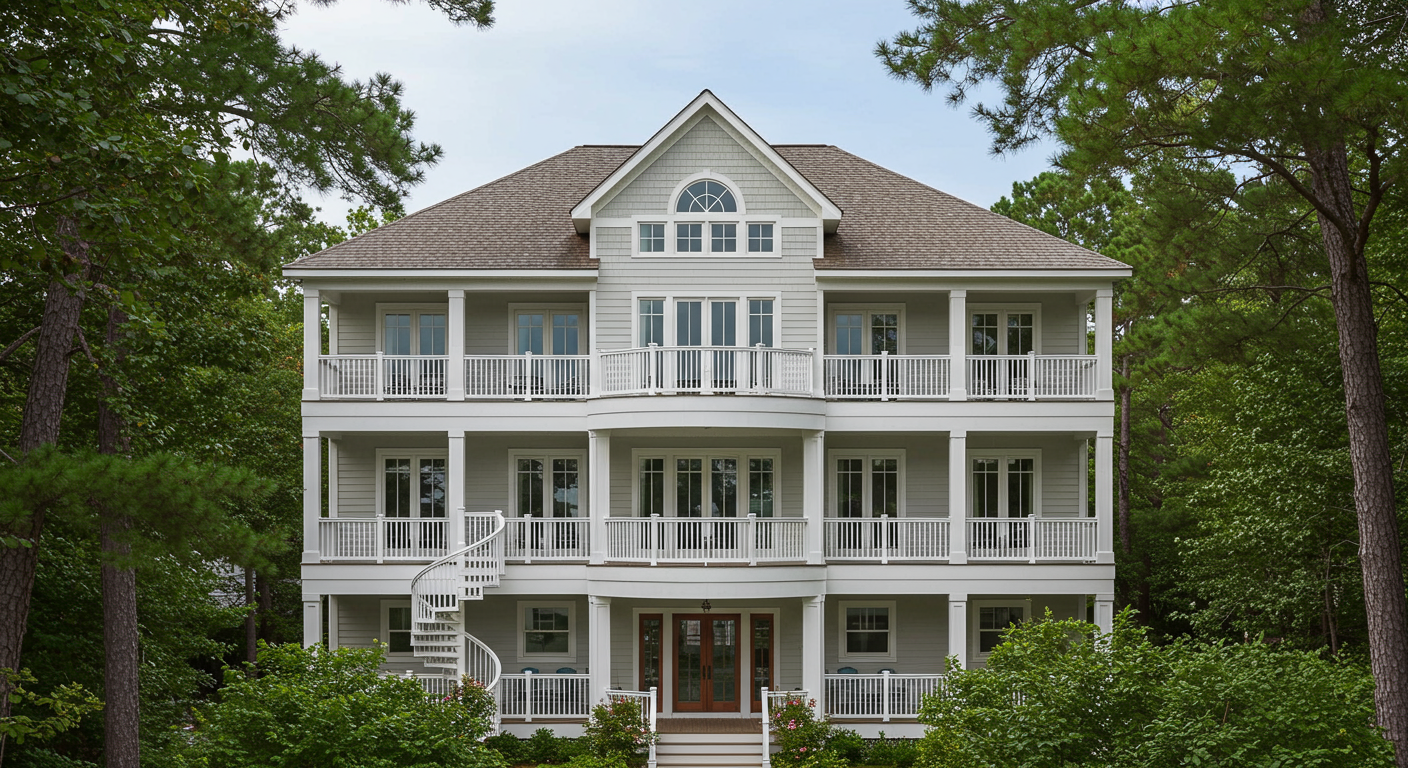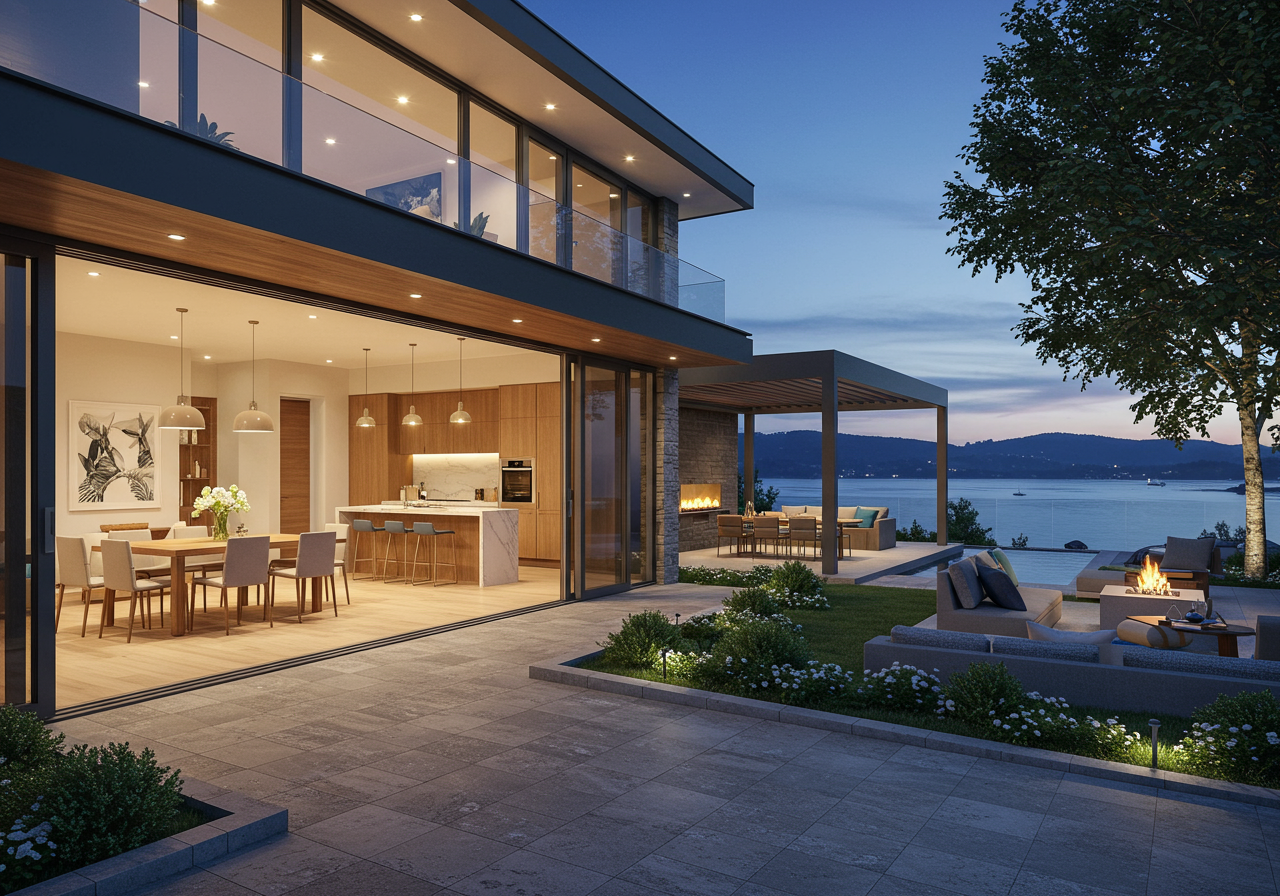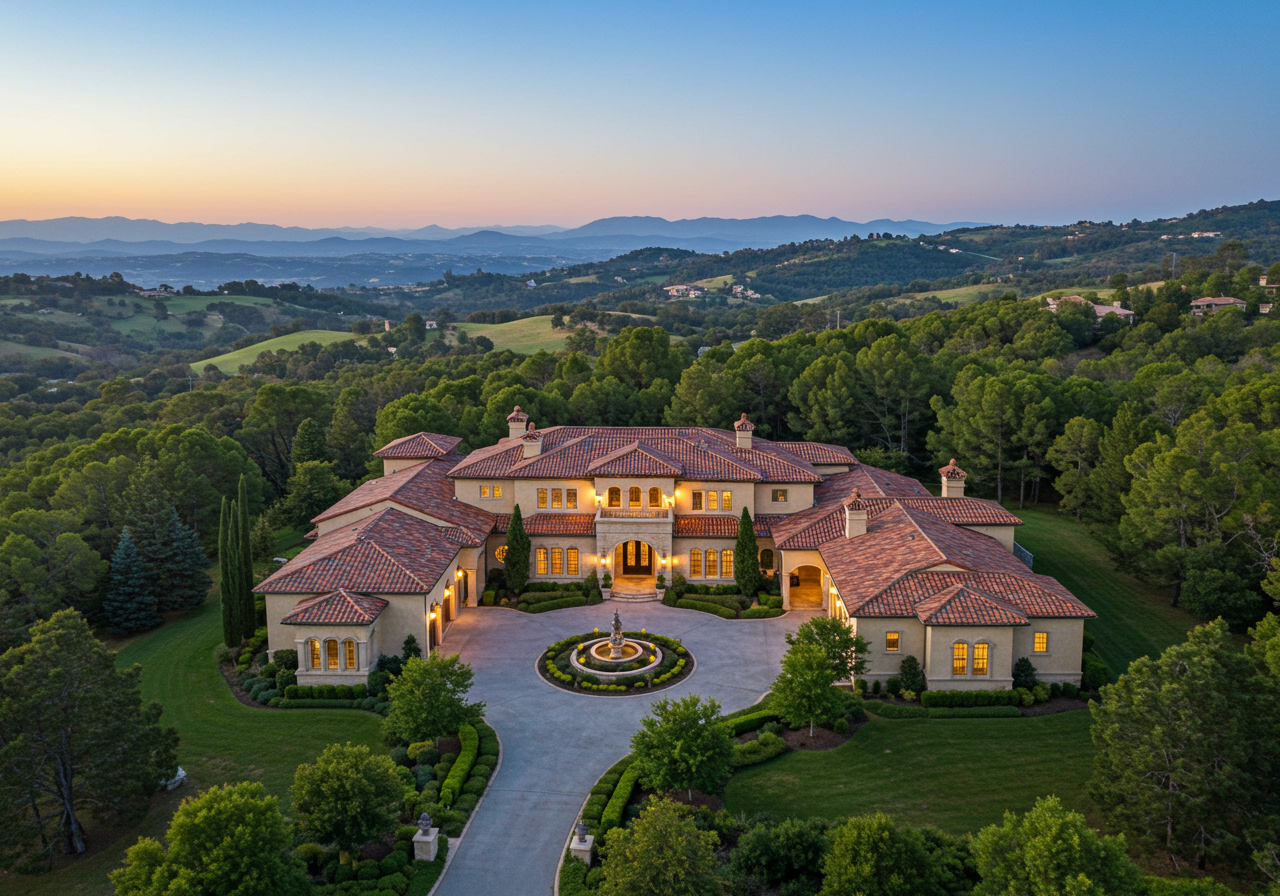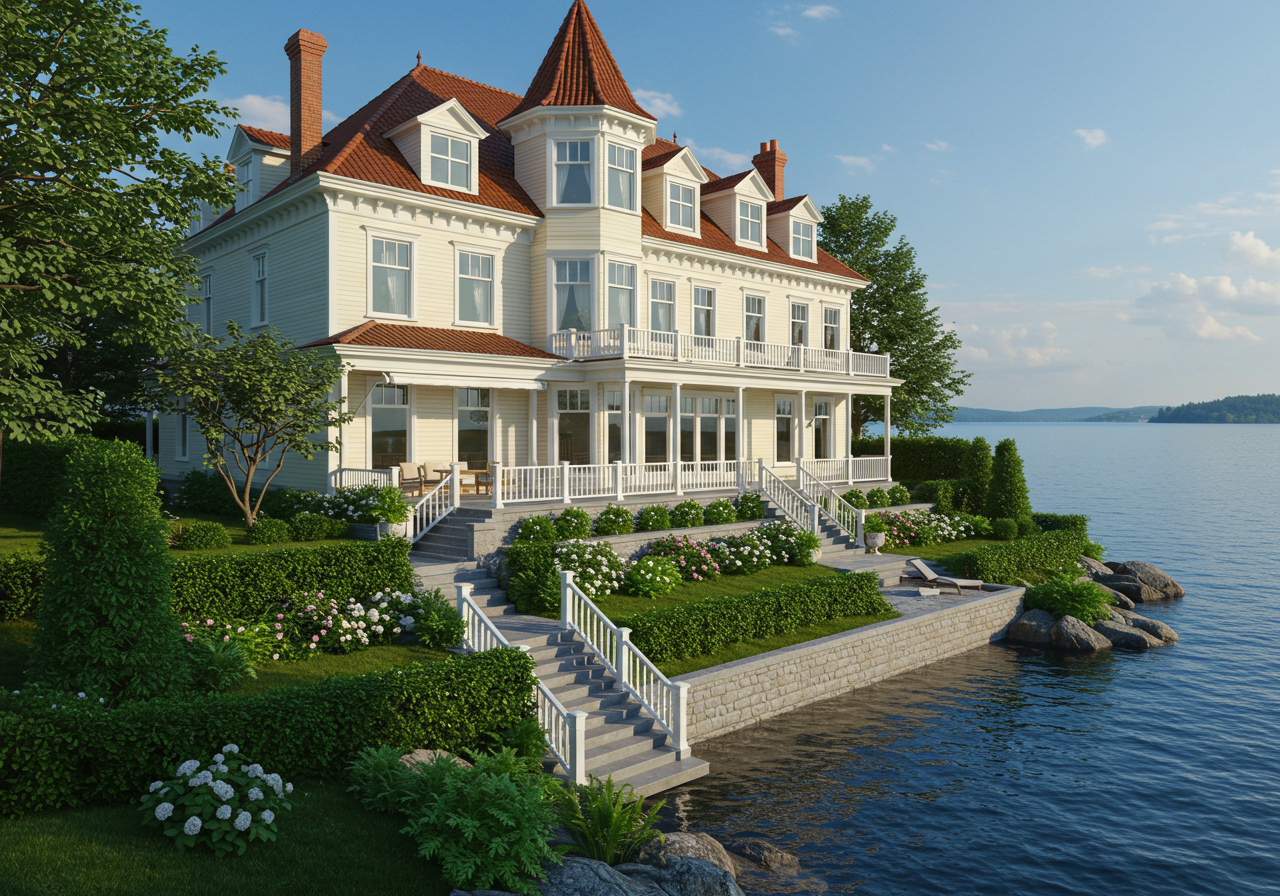Marin County is one of the most remarkable communities in the San Francisco Bay area and is highly acclaimed for its various beautiful architectural styles. Finding a home that suits your needs and personal style may seem like a daunting task, but it doesn’t have to be.
This guide will help you decide which type of home in Marin County is most suitable for you and your family. Whether you prefer a swanky property or an understated estate, Marin County undoubtedly has a home architecture style you’ll adore.
Craftsman
The creation of the Craftsman-style home came about during the late 19th-century British Arts & Crafts Movement. During the European Industrial Revolution, houses were built with a mass-produced approach. The Arts & Crafts Movement rejected this new construction technique and instead backed artisans’ handcrafted buildings. This movement made its way to the United States in the early 1900s and, in turn, was a highly popularized architectural style in California until the early 1930s. The term “Craftsman” has since evolved to convey a specific architectural style.
Though Craftsman homes are known for their uniqueness, certain structural and stylistic elements characterize them. Exterior details tend to include low-pitched gabled or hipped roofs with wide, overhanging eaves. The eaves are usually supported by exposed rafters. Craftsman homes always feature a covered, expansive front porch with pillars lining the entryway. Windows are double-hanging and have separate panes of glass on the top and bottom, and homes tend to have single, prominent dormers.
Some interior design elements include pronounced fireplaces, window seats and nooks, built-in cabinetry, and custom-made features. Other interior features include components made of natural materials, especially wood, stone, and brick. Excellent artistry is the main distinguishable characteristic that makes Craftsman homes so popular.
Cape Cod
Some of the first homes built in the US were Cape Cod-style. These homes originated in New England during the 17th century. Known for their quaint and cozy cottage features, they became increasingly popular during the early 20th century. This architectural style is relatively affordable for young couples and first-time homeowners, making it a prevalent and beloved choice to this day.
Cape Cod homes tend to be smaller in size, rectangular and symmetrical, though they can also be more expansive. Usually boasting one to two stories, they are an excellent choice for small families. The entryway is centered and features a paneled door, occasionally accented with columns, pilasters, or pediments. Classic Cape Cod cottages always have two windows on either side of the door. Roofs are steep, often have wood shingles, and feature small, narrow overhanging eaves. Windows are multi-pane and double-hung, and the exterior is uncomplicated and subtly adorned. These beautiful homes are quintessential American properties.
Modern
A fresher, newer style of architecture, modern homes offer a lighter, brighter approach to contemporary estates. Clean lines and geometric shapes are vital to modern architecture, as are low, flat roofs. Windows are often floor-to-ceiling to bring the outside in, granting residents a clear view of their lush backyards. Many houses are split-level and feature short staircases throughout. Some contain partial brick or glass walls, central fireplaces, and built-in cabinetry. The decor is frequently kept to a minimum, and simple furnishings in muted colors complement the homes’ simple exteriors.
Emphasizing contemporary elegance is the primary objective of modern architecture. Beautiful backyards, open floor plans, and sophisticated yet streamlined structures are synonymous with modern homes, which fit right into the Marin County scenery.
Mediterranean
Mediterranean home architecture draws features from various influences, particularly from Italy, Portugal, Spain, and other countries surrounding the Mediterranean Sea. In later years, inspiration from France, Morocco, Greece, and other countries was incorporated. Other names for Mediterranean architecture include Spanish Colonial, Mission Revival, Neo-Mediterranean, and Moroccan, among others. Though there are various styles, all Mediterranean-style houses create a tranquil escape with a focus on nature.
There are three distinct styles of Mediterranean architecture: Spanish Revival, Italian Renaissance, and Modern Mediterranean. Given that these three forms have different features, there is still a specific list of required elements that all Mediterranean homes possess.
Mediterranean houses are one to two stories and boast large, symmetrical exteriors. The front door is usually centered and bordered by towering, wrought-iron gated windows. Roofs are generally laid with red clay tiles with a half-tube shape that allows rainwater to drain easily and trap cold air to keep the house cool on hot summer days.
Stucco textured walls are common both inside and out. These thick walls retain cool air on hot days and slowly release warmth on cold nights. Archways are built for structural and ornamental purposes and sometimes feature colorful handmade tiles or mosaic glass.
Much like ranch and mid-century modern homes, Mediterranean properties blend in with their natural surroundings via outdoor living spaces, terraces, and atriums. Built with form, function, and style in mind, Mediterranean-style homes fit seamlessly into California’s ambiance.
Victorian
Encompassing several styles that came about during Queen Victoria’s reign, Victorian architecture evolved from the grandiose Gothic style. These styles emerged between 1830 and 1910 and included Gothic Revival, Second Empire, Italianate, Queen Anne, Stick Style, Romanesque and Shingle Style. Essentially, architects meshed Gothic architecture with French, Italian, Tudor, and Egyptian style elements.
Considering Victorian architecture has so many influences, it is rare to see two Victorian homes that look alike. With the Industrial Revolution came steam-powered sawmills, enabling the creation of elaborate materials cheaper and faster. Subsequently, late Victorian houses were highly detailed and ornate.
The magnificent Victorian homes we’ve come to cherish contain various key elements. Victorians tend to be monumental and are usually two or three stories. The exterior is generally made of wood or stone. Homes are asymmetrical in shape and complicated in design.
Victorians are built with a decorative metal or wood trim, commonly known as “gingerbread.” The siding is adorned with scalloped shingles, patterned masonry, or half-timbering. Roofs are ornate and often steep with multiple facets and flat-topped Mansards. The front porch is expansive and wraps around the home exterior.
More lavish Victorians are embellished with a round or octagonal tower with a steep, pointed roof. Homes tend to be painted in loud, eye-catching colors — a fitting element to these magnificent, flashy properties. The interior matches the exterior, with soaring ceilings, detailed trim, closed-off rooms, and ornamental features. Luxurious and striking, Victorians are a highly sought-after architectural style in Marin County.
Each kind of architecture you’ll find in Marin Country comes with its own charm. Take your time researching these styles to ensure you find the perfect home in which you’ll create lasting memories.
Are you ready to take the leap and find your Marin County home? Let the Sarkissian Bullock Team lead you to the Marin County home you’ve been dreaming of. Bill Bullock, Lydia Sarkissian, and Magda Sarkissian will tirelessly advocate for you as you reach your real estate goals. Whether you are looking for Belvedere, Ross, Kentfield, Mill Valley, Larkspur, or Tiburon real estate, this professional real estate team will guide you through an optimal real estate purchase.




